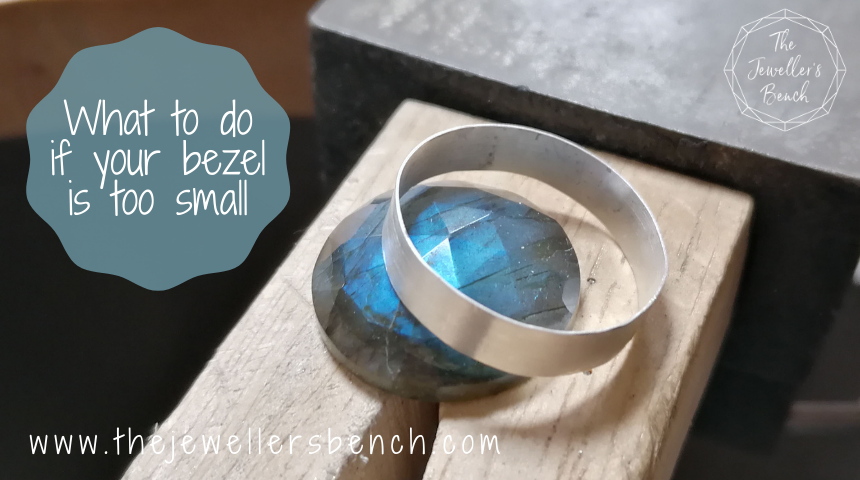Ten facts about Turquoise, December's birthstone
Beloved by numerous ancient cultures
and just as popular today, Turquoise is one of December's birthstones.
Read on to find out more about how it is formed, where it is mined and why is has always been so popular!

3. Turquoise is a relatively soft stone with a Mohs rating of between 5 and 6. Make sure that you handle it carefully, ideally storing it separately from other harder gemstones.


6. Turquoise was one of the earliest gemstones to be discovered and has been used in jewellery for thousands of years. As you can imagine this means that many cultures have special meanings for this beautiful stone. Medieval Europeans believed that turquoise helped you to achieve a higher state of consciousness, and, as mentioned above, to this day many Tibetans believe that the gemstone is as a talisman of good fortune.
7. Turquoise is sacred to many Native Americans. In the past, Native Americans would use it as a shaman’s stone, which were stones believed to have strong metaphysical properties for spiritual growth.
8. Ancient Persians wore turquoise around the neck or wrist to help protect themselves from unnatural death.
9. The most valuable turquoise gemstones can be found in Northeast Iran. Other notable deposits can be found in Afghanistan, Argentina, Australia, Brazil, China, Israel, Mexico, Tanzania, and the United States.
10. The Ancient Egyptians are well known for their love of turquoise, as shown by the amazing artifacts unearthed in tombs. Probably the most well-known piece is Tutankhamun’s iconic burial mask which was richly inlaid with the stone.
11. And a lastly bonus fact for you... watch out for cheap imitations when you buy turquoise. If the price seems too good to be true, it is! Turquoise is often dyed and stabilized with resins to produce a harder stone which retains its color and polish, and reconstituted turquoise is made from small chips and "chalk" to which dyes and plastic resin is added. There's nothing wrong with using these stones, as long as you and your customers are away of the difference. Other minerals such as chrysocolla have also been used to imitate turquoise.

Want to find out more about using gemstones in your jewellery?
Here are some useful blog posts and tutorials.
What to do if your bezel is too small for your stone
You've cut your bezel strip to size, filed the ends, soldered and carefully neatened up the solder join - only to find that the bezel is now too small for your stone! Don't worry, we've all done it.... and I'm going to show you an easy way to put it right.
Stone Set Rings
Start with simple hammered rings and then learn how to adorn them with small cabochons!
How to repair your burnisher - and why you need to!
A burnisher is a must-have for stone setting - and for many other jobs too! However, burnishers must be looked after carefully if they are going to give you the best results. To find out why and how to look after them read on!
Make Your Own Stone Setting Tool
Learn how to turn a nail into a great stone setting tool - with stone setting tips too!
And for weekly jewellery making tips and a place to share your work and ask for advice join The Jeweller's Bench Café facebook group! Just click on the photo...


Joanne Tinley
The Jeweller's Bench is run by Joanne Tinley. She has been making her own jewellery for as long as she can remember and left her first career as a school teacher to set up business as a jewellery designer and tutor nearly 15 years ago. She is self-taught and like many people started with wire and beads. Learning how to solder, however, opened up a whole new world of jewellery making, one that she is keen to share! There is something so magical about watching solder flow through a seam, joining two pieces of metal together smoothly.



